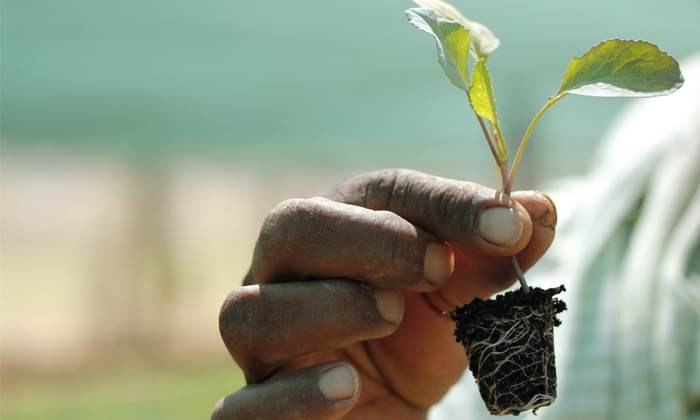At the end of what certainly has been an eventful year, instead of the usual point of environmental distress, perhaps, it would be a refreshing change to review the happenings of the year. One could also look towards the coming months in anticipation of the agony and the corresponding hope that tags along.
Let us therefore look at the really significant environmental events. Firstly, and most tragically, the devastating Brahmaputra floods this monsoon which created chaos, especially in Assam (‘When the Levee Breaks’, October 2012). More than a million people were displaced and many more affected. Livestock and wildlife took a substantial hit, and the government was quick to show superficial solidarity and again (quite effectively I might add) hide the inherent apathy that leads to such excessive loss in the face of natural calamities, over and over.
From one river to another – the Kaveri Water dispute raised its ugly head again this year (‘Water Woes’, November 2012). Karnataka withheld the Kaveri waters from Tamil Nadu, yet again, leading to a scramble for negotiations at the centre and the state. The talks between the two Chief Ministers failed and the Supreme Court hastily ordered an interim relief to Tamil Nadu by ordering the release of some water. The core problem however, is still being ruminated about in the bastions of the Apex Court and the comfortable, gilded palaces of those in power. The ordinary, as usual, are immaterial and suffering.
The Vedanta issue also came up in the Supreme Court this past year (‘Tribal Dance’, May 2012) only to be deferred to a later date, while the stay order on the Iranian Cheetah transfer was a rare show of decisive action by the Apex court (‘Cat on a Hot Tin Roof’, June 2012). Elsewhere, other big Indian cats took a hit with Gujarat’s myopic refusal to transfer a few of the Gir lions to other parts of the country (‘The Lion eaters of Gujarat’, January 2012).
A little bit of environmental sunshine, however, was the successful launch of the World Bank Biocarbon Fund (‘Money Tree: Credit Himachal’ February 2012). A carbon credit fund scheme that ensures afforestation in the Himachal region while bringing in considerable (albeit disproportional) amounts of money to the region’s inhabitants, was a welcome win-win change from the usual dreariness of environmental review though the success of this initiative remains to be witnessed. On an international note, India, did not do exceptionally well in terms of land usage, as land grabbing became a noticeable problem (‘India’s Direct Investments’, December 2012). Indian companies are frontrunners in this often unethical practice.
In other international environmental news, this past year celebrated the twentieth anniversary of the Rio Earth Summit and the seemingly magnificent document to come out of it – Agenda 21. This brought the added hope of achieving something of equal magnitude in this year’s Rio +20 Conference (‘Of Broken Memories and Trodden Paths’, July 2012). However, what the world got instead, was a reminder that today’s leaders are not half as dynamic as those of the (relatively recent) past and problems of the world are far more complex than earlier – perhaps even too complex to hope.
Yet with eerie predictions of ice cap levels and confirmation of global warming predictions, there really is very little to hold on to. Perhaps the dynamic leadership, which was lacking during the Rio +20, will emerge, to, at the very least, keep those weak promises. In the meantime the best this writer can do is wish everyone a happier New Year. You are welcome for all the festive cheer this column has provided (yuletide sarcasm).














